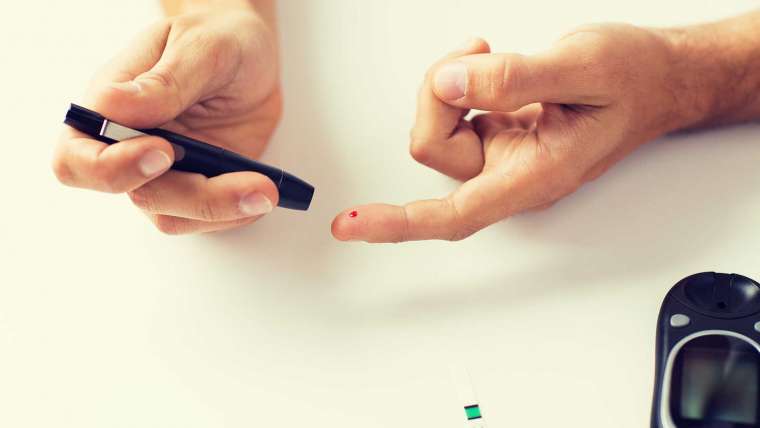What is an ingrown toenail?
An ingrown toenail occurs when the edge of the nail grows downwards and into the skin. This is usually painful and can cause oedema (swelling), erythema (redness) and sometimes pus discharge due to infection.
What causes this problem?
The most common cause of ingrown toenails is ill-fitting shoes and improper cutting, or tearing of the toenail. It is a problem usually seen on the big toenail, but any other toe can be affected.
Inappropriate footwear cause extra pressure on the toes, and thus the nails, and result in ingrowing toenails. Some toe deformities can predispose the feet to extra pressures. If you do exercise or walk a lot, very tight shoes may cause this problem.
How is an ingrown toenail treated?
If you suffer from diabetes, circulatory problems of the feet or neuropathy, you need to seek medical advice IMMEDIATELY. Do not try managing it yourself.
An ingrown toenail can sometimes be prevented in its early stages with home treatment (salt foot bath, antibiotic cream). Do not try cutting down the nail yourself. This will provide temporary pain relief but will exacerbate the problem.
Wear open shoes that do not put pressure on the toe until the problem subsides. If the problem persists or you have continuous, non-resolving infections, visit a podiatrist.
Will I need to have my toenail taken out?
If the problem does not respond to conservative treatment, minor toenail surgery might be necessary in order to take out the ingrown nail. The final decision is held by the patient and depends on the severity of the problem.

How is the surgery carried out?
The surgery is a partial nail avulsion (removal) under local anaesthesia. An anaesthetic injection is performed on your toe and the ingrowing side of the nail is removed. The nail matrix is then cauterized using a chemical called phenol, which prevents regrowth of the nail on the specific point. After the surgery, the nail will be slightly narrower. Recovery period for this procedure differs from person to person and depends on the severity of the problem, but is on average 4-6 weeks.




